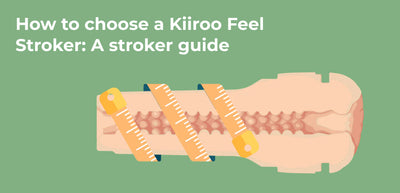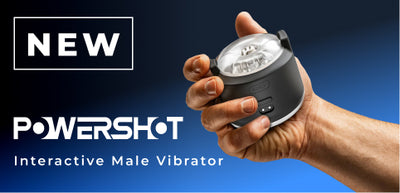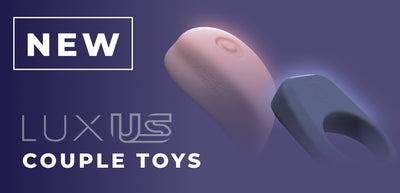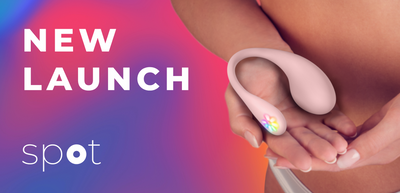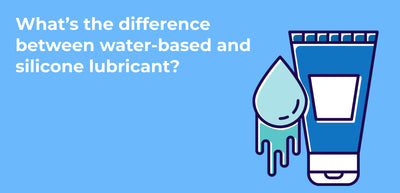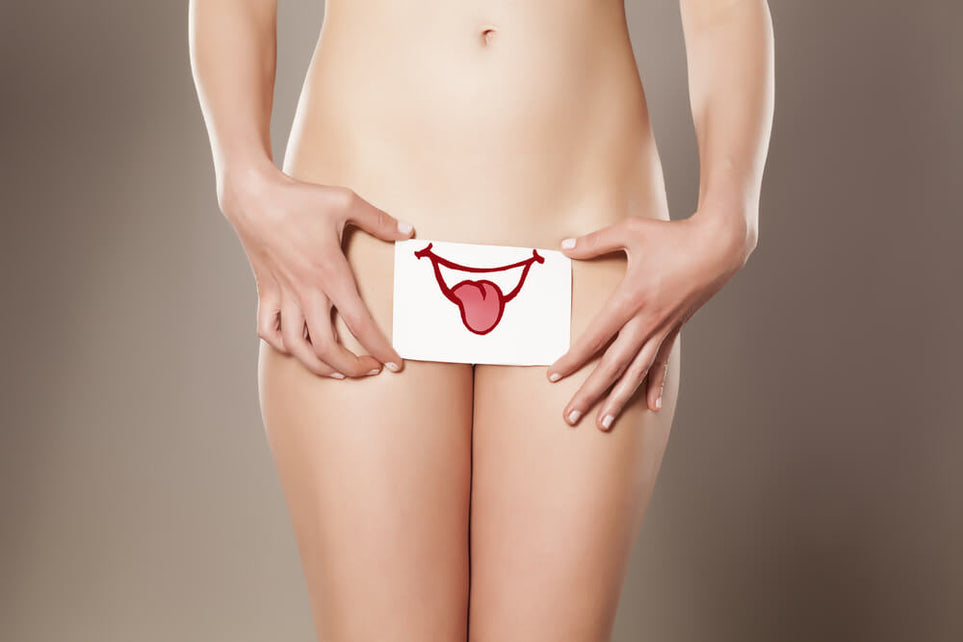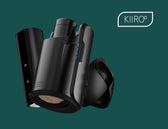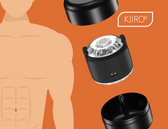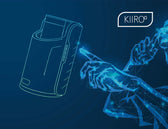Kegel Exercises: What Are They & Why Are They Good For You
Both men and women are capable of doing kegel exercises, but in this article, we are going to be discussing kegel exercises for people with vaginas.
Kegel exercises strengthen the pelvic floor muscles (namely the PC muscle). This muscle supports your uterus, bladder, small intestine, and rectum. We often hear that working the PC muscle is great for orgasms – which it is – but it also has other benefits like helping women with vaginal pain. Some (not all) types of pain can be helped by these simple exercises. Other women that might benefit are those with weakened muscles or urinary incontinence post surgeries or after giving birth.
Finding Your PC Muscle:
In order to find your PC muscle, a simple way is to go to the bathroom and stop your urination midstream by “clenching”. You don’t want to tighten your abs or bum – you want to stop the flow simply by squeezing your PC muscle. If you aren’t entirely sure where it is, then insert a clean finger into your vagina and ‘squeeze’. You should be able to feel the walls of your vagina ‘tighten’. If you can’t, then try again with a larger insertable object like a safe material dildo or a volunteer penis. Note: You should only stop your urination in order to find your muscle – you should not make a habit of this as it can negatively affect your bladder.
How to Kegel Exercise:
You can do Kegel exercises anywhere – on the couch, stuck in traffic or even at a business meeting. No one will know what you’re up to.
1. Empty your bladder (you’ll be more comfortable)
2. Find a comfortable position (sitting, standing, etc.)
3. Squeeze your pelvic floor muscle for 2-5 seconds and then release it for 10 seconds
4. Repeat this up to ten times, up to three times a day
5. If this is too easy, then try holding the squeezes for up to 10 seconds. Still limited to 10 reps, 3 times a day.
6. Benefits are not instant – you might start seeing results in 4-6 weeks (like any exercise routine)
Accessories:
Kegel balls add an extra challenge to kegel exercises by adding weight. There are a variety of shapes, sizes, and materials that are used for these purposes. Make sure to choose a body safe material (silicone, ABS plastic, metal, glass, jade) – you’re exercising to keep yourself healthy, so don’t pick something that is toxic. Start with a lightweight ball and work your way upward to a heavier one or maybe using two. There are often sets of kegel balls with varying weights for this purpose. Smaller balls might be easier to insert but they are more difficult to ‘grip’ and therefore are often a more challenging workout.
Insertion is relatively simple with a bit of added lubricant (if you’re using silicone balls, do not use silicone lube). Make sure to wash your hands, add a bit of lube to the top of the ball(s) and get in a comfortable position (often the same position in which you would insert a tampon). Push them up past your vaginal entrance. You shouldn’t feel them in the sense that you do not feel a tampon. Never insert anally. If insertion hurts, you can try again with more lube or when you are feeling more comfortable. If it continues to hurt, then do not force it. A lighter or smaller version might be better suited for you, and if not, then the ball-less exercise are your best bet for the moment.
Traditional Ben Wa balls (kegel balls) are often solid balls that enhance the kegel exercises mentioned above. With these balls inserted, you can increase the intensity of your daily routine.
More modern kegel balls have a duotone system, where there is a small weighted ball rolling around a larger encasing ball. These are designed to do the work for you-you don’t need to do the exercises mentioned above. If you insert them and move around, the inner weighted ball will roll towards your vaginal wall, which will subtly contract your PC muscle.
Removal is typically made easier with the addition of a retrieval cord. You can tug lightly on the cord until the accessory is removed. Make sure the cord is also made of body safe material. If there is no retrieval cord, then you can remove the balls manually or by jumping or by ‘pushing’ (kind of like if you were going to the bathroom).
Make sure to properly clean your kegel balls after each use.
Kegel Exercises and Pain:
Kegel exercises are intended to strengthen weak pelvic floor muscles, improve bladder control and help reverse prolapse severity and symptoms. If your pain is associated with any of the above, then kegel exercises might work for you. If you have an overactive pelvic floor muscle (or spasms) or an infection, then this will not help. You should ask your doctor if your type of pain might be relieved with kegel exercises. If for any reason kegel exercises intensify pain, you should stop and speak to your doctor.
In Conclusion:
Kegel exercises are typically marketed to improve orgasms. This can be the case as your PC muscle is involved in the orgasm process and a stronger muscle will often result in stronger reactions. However, Kegel exercises also have a variety of other benefits including pain relief. Whatever your reason for working out your PC muscle, remember to start light and slow to gradually build strength, use body safe accessories and keep a consistent routine. What are you waiting for? Kegel exercises are so easy and discreet that you can start right now as you read! Enjoy!
Written by
Rebecca Dane
